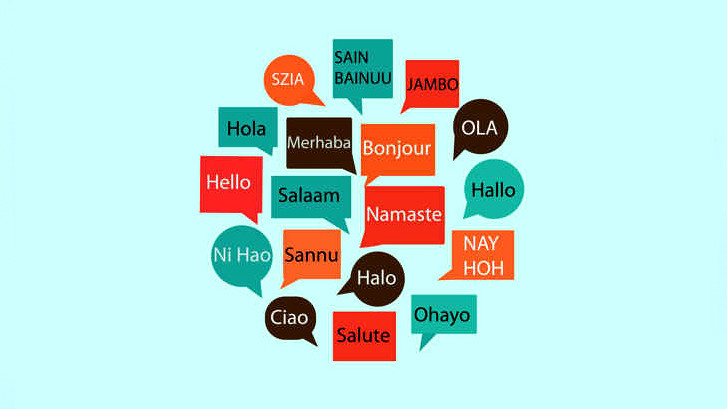In today’s globalised society, knowing more than one language is more of a necessity than a bonus. It may not be a bad thing – being multilingual comes with a host of benefits including better analytical and social skills.
The main challenge that lies in learning is new language is adapting to the syntax as well as learning about the culture behind it, which surprisingly contributes a lot to how the language is yielded.
Here’s a list of the top ten most difficult languages to learn!
Japanese
Japanese is considered one of the toughest languages to learn. Because of its close relationship to Chinese, people looking to learn Japanese will have to memorise thousands of different characters. Adding on to this is how Japanese features three different writing systems and two syllabaries. The cultural aspect also makes Japanese difficult as it has a complex system of honorifics.
Arabic
If you think the Arabic alphabet looks difficult to muster, you might want to think twice about it as that’s the easiest part. As compared to European languages, Arabic uses very little vowels. Words are formed by adding a series of sounds to a base root (commonly consisting of three consonants). The pattern of sounds then determines the grammatical case, number, gender and syntax, which combine into its actual meaning. Spoken Arabic is a tad more challenging as it is spoken by millions of people across an impressive span of countries, leading to many different dialects, which are vastly different.
Thai
The Thai language is fundamentally tough to learn. It has 44 consonants, 15 vowels and four diacritics marking tones. It also has different registers that are used based on the social context, which makes Thai tricky to pick up culturally. Thai is also tonal, which makes pronunciation very important. Its orthography and markers are also known for being complex.
Polish
Although it’s spoken by 40 million people globally, Polish is seldom picked up as a second language and much of this has to do with its difficulty. Its pronunciation is already a daunting prospect with words like “czesc (hello)” already causing difficulty to most speakers. And that’s just the beginning. To put how complex Polish grammar is into perspective, consider how English only has a single case. Polish has seven cases, each of which is affected by gender, of which the Polish language has seven (compared to English’s two). If you’re still undeterred, you might want to check out more information about this language, as this is only a truncated explanation of how difficult it is.
Hungarian
Hungarian is a widely spoken European Union language. It’s not only used in Hungary, but also in various communities within Slovakia, Ukraine, Serbia and Romania. Hungarian is agglutinative and entire phrases (in other languages) are combined into a single Hungarian word. Remember how we said English has one case? Hungarian has 35 cases or noun forms. Hungarian also has a lot of vowels and deep throaty sounds that make it hard to speak verbally.
Urdu
Urdu is the official language of Pakistan. Urdu is an amalgam of a few languages including Old Hindi, Farsi and Arabic. This makes its grammar hard to grasp as there are a few different grammatical rules based on what language the word is derived from.
Icelandic
Icelandic is a rather archaic language. It kept its old noun declension (arguably the hardest part) and verb conjugations. Its archaic vocabulary and complex grammar make it a very difficult language to learn. Icelandic also has four different cases that make it challenging for an English-speaker to learn.
Russian
The main challenge of picking Russian up is how similar the alphabets look as compared to English alphabets, yet they do not represent the same thing. This makes it a little confusing for people within the first few weeks of learning it. Russian has six cases and memorizing them will be difficult for people new to the case system.
Greek
One of the oldest languages in the world, Greek is a language that’s popular amongst college students. The most difficult part about learning Greek is getting used to its alphabet and its tone. Learning where to place the stress on every word is difficult as if you change it, the meaning of the word can be entirely different.
Chinese
Spoken by a fifth of the world’s total population, Chinese is frequently voted as the most useful yet most difficult language to pick up. Chinese is a tonal language: changing the tone of the same sound produces two different words. It also has a complex writing system with characters instead of alphabets, requiring you to learn thousands of different characters. Chinese verbs do not have tenses, and the differences in time are put across using markers like “tomorrow” or “next year”.
Feeling slightly daunted? Don’t be! Being fluent in more than one language builds adaptability and flexibility, and makes you feel more comfortable and confident in different environments. Perhaps most importantly, your career prospects will grow immensely, especially in MNCs or startups that have bases in more than one country. Your effort will definitely pay off and you might find out you’re a natural linguist!









